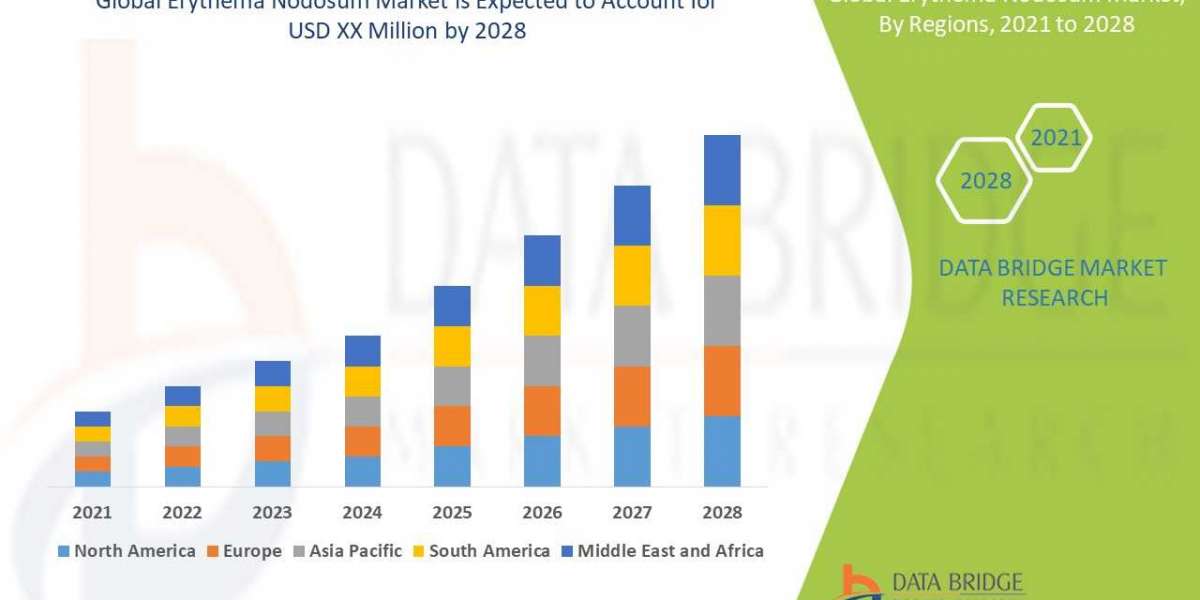The HPV Vaccine Market: Trends, Challenges, and Future Outlook
The Human Papillomavirus (HPV) vaccine market represents a critical component of global public health efforts, aimed at reducing the incidence of HPV-related cancers and diseases. Since its introduction, the HPV vaccine has made significant strides in preventing cervical, anal, and oropharyngeal cancers, contributing to a decline in HPV infection rates.
Current Market Trends
The HPV vaccine market has experienced notable growth driven by increasing awareness and government initiatives. Public health campaigns highlighting the importance of HPV vaccination have led to higher vaccination rates, especially among adolescents. The introduction of newer vaccine formulations that cover a broader range of HPV types, such as the 9-valent vaccine, has further boosted market demand. These vaccines protect against nine HPV types, including those most commonly associated with cancer and genital warts.
In addition to public health initiatives, healthcare providers and institutions are playing a significant role in promoting HPV vaccination. Schools and community health programs often facilitate vaccination clinics, making it more accessible to the population. The expansion of vaccination recommendations to include males as well as females has also contributed to market growth, recognizing that HPV affects all genders and contributes to the spread of infections.
Challenges Facing the Market
Despite its progress, the HPV vaccine market faces several challenges. One significant hurdle is vaccine hesitancy, fueled by misinformation and misconceptions about vaccine safety and necessity. Public education campaigns are essential to address these concerns and improve vaccine uptake. Additionally, disparities in vaccine access, particularly in low- and middle-income countries, remain a challenge. Limited healthcare infrastructure and financial constraints can hinder widespread vaccination efforts.
The market is also impacted by varying recommendations and policies across different regions. While some countries have integrated HPV vaccination into their routine immunization programs, others lag behind, resulting in uneven vaccine coverage.
Future Outlook
The future of the HPV vaccine market looks promising, with ongoing research and development aimed at improving vaccine efficacy and accessibility. Advances in vaccine technology and delivery methods, such as needle-free vaccines, may enhance acceptance and convenience. Expanding vaccination programs and increasing global outreach efforts are crucial for achieving higher coverage rates and reducing HPV-related cancers worldwide.
In conclusion, the HPV vaccine market is a dynamic and evolving sector with significant implications for public health. As vaccination programs expand and address existing challenges, the market's growth is likely to continue, contributing to the global fight against HPV-related diseases.
Search
Popular Posts
-
 Canadian pharmacies not requiring prescription
Canadian pharmacies not requiring prescription
-
 Caramelized Australian Balsamic: Craving Perfection? Aussie Basket Delivers Every Time
Caramelized Australian Balsamic: Craving Perfection? Aussie Basket Delivers Every Time
-
 6G Market Upcoming Opportunities, Trends and Industry Outlook 2025
6G Market Upcoming Opportunities, Trends and Industry Outlook 2025
-
 3D Printing Services in Coimbatore: Choose WOL3D Coimbatore for Superior Quality
3D Printing Services in Coimbatore: Choose WOL3D Coimbatore for Superior Quality
-
 Indulge in Mutual Massage in London for Connection and Complete Relaxation
Indulge in Mutual Massage in London for Connection and Complete Relaxation









